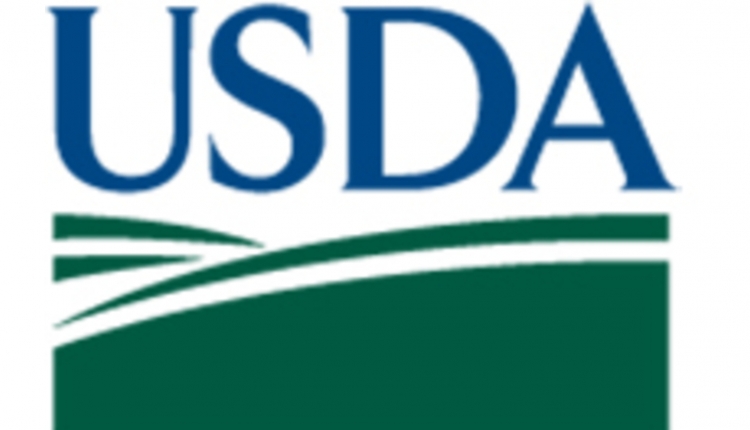
Silage corn is racing to maturity before the first frost strikes.
Excessive rainfall caused delayed planting and, compared to a normal growing season, much of the silage corn crop is behind schedule. The late start compounded with concerns of an early frost could make the season even shorter. Dairy producers may be concerned about harvesting a lower-quality and lower-yielding silage product due to the late season.
“We need all of the warm weather we can get to accumulate growing degree units for the crop to mature normally with good quality,” said Jon Erickson, Commercial Agronomist with Mycogen Seeds. “This is especially important in the late summer months. An early frost can shut down the plant and negatively affect ear fill.”
The goal of dairies is to make milk profitably, and a critical part of that equation is feeding high-quality corn silage. Here are three tips to prepare late-planted silage for a successful harvest.
- Watch growing degree units (GDUs). Lower or slower GDU accumulation means plant development is behind, while the calendar moves ahead into fall. Keep a close eye on GDU accumulation to prepare for optimum harvest timing. The Corn Growing Degree Day (GDD) decision support tool from the Midwestern Regional Climate Center (MRCC) is a helpful tool to help guide on-farm management decisions, including harvest. This free tool provides real-time information to project crop development, estimate hybrid maturity requirements and predict the likelihood of early frost in specific locations.
- Monitor corn development after silking. Harvest usually begins about 40-45 days after mid-silk. Producers should keep a calendar that lists 30 days after silking by field, according to Erickson. At this point, producers can begin to monitor development and weather conditions until the crop has reached proper moisture for harvest.
- Harvest at the proper moisture. Erickson recommends harvesting at 65-70% whole-plant moisture to preserve silage quality. Harvesting when silage is too wet will cause loss of crucial nutrients and impact its quality. In addition to moisture levels, keep an eye on grain fill. If the crop was planted late, there may be less time available for kernels to fully fill.
“If we can end up with good fiber digestibility, a nutritionist can add starch to get a good ration,” added Erickson. “Even if we have a frost-shortened growing season, producers who planted Mycogen brand BMR or Unified corn silage will have good fiber digestibility, which can still offer good quality corn silage to feed dairy cows.”
Erickson suggests producers work closely with their nutritionist during and after harvest to assess silage quality, run tests and analyze the forage, and build a new feeding plan based on what’s in the bunker.
For more information about helping silage corn reach its potential before harvest, talk to your local Mycogen Seeds agronomist and visit Mycogen.com/Silage.
Keep an eye on moisture levels and grain fill ahead of silage corn harvest.
About Mycogen Seeds
Mycogen Seeds offers leading genetics in corn, soybeans, silage corn, sunflowers and canola. A retail seed company of Corteva Agriscience, Mycogen maintains a robust global research and development program. Mycogen delivers diverse seed solutions with high-performance genetics and the latest and broadest trait technology options. Mycogen works with its retail network to tailor product solutions and help farmers be better acre after acre. For more information about Mycogen® brand products, visit Mycogen.com or follow Mycogen Seeds on Facebook, Twitter and YouTube.
About Corteva Agriscience
Corteva Agriscience is a publicly traded, global pure-play agriculture company that provides farmers around the world with the most complete portfolio in the industry - including a balanced and diverse mix of seed, crop protection and digital solutions focused on maximizing productivity to enhance yield and profitability. With some of the most recognized brands in agriculture and an industry-leading product and technology pipeline well positioned to drive growth, the company is committed to working with stakeholders throughout the food system as it fulfills its promise to enrich the lives of those who produce and those who consume, ensuring progress for generations to come. Corteva Agriscience became an independent public company on June 1, 2019, and was previously the Agriculture Division of DowDuPont. More information can be found at www.corteva.com.
Follow Corteva Agriscience on Facebook, Instagram, LinkedIn, Twitter and YouTube.


